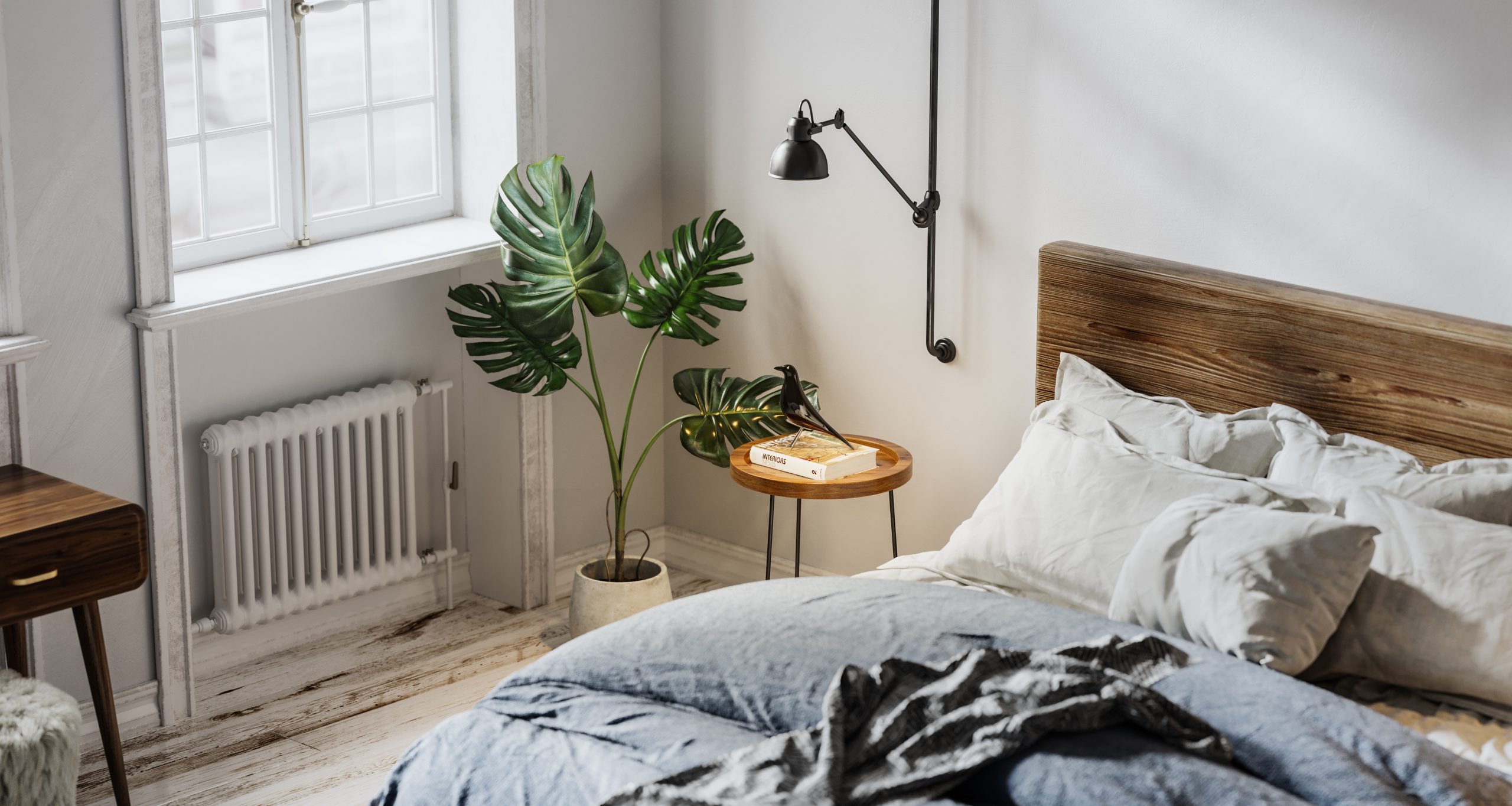
Mornings and evenings are developing a distinct chill across most of Australia now that we’ve moved from autumn to winter. And it’s at this time of year when we regret having not thought earlier about the type of heating that would best suit our homes.
Choosing the correct heating method for your home goes a long way to minimising your heating bills.
Don’t fret if you think it might be a little too late to consider your approach this year. Heating companies are used to responding quickly to demand when winter sneaks up. You won’t be the only one asking for assistance right now.
Here’s a list of the most common heating solutions to help stimulate your thinking:
Natural gas – Natural gas is an ideal choice as it’s cheaper to run than LPG canisters and electrical units. There’s a vast range of gas fires to choose from, and they’ll suit most budgets and you’ve got the option of an open-fire look or just a heater.
Ducted heating – Using a reverse-cycle air-conditioner is one of Australia’s most popular forms of heating. It can be expensive and inefficient if it heats rooms that are not occupied. However, some of the more advanced units will give you the option via an electronic control panel to select the level of heating for each room or area of the home.
Split-systems – These are similar to ducted heating, offering reverse-cycle units situated indoors or outdoors for heating and cooling. Models can be found for electric, gas and solar power. They’re regarded as good value compared with ducted systems.
Space heaters – These are convenient but thirsty on the gas. If you regularly use this type of heater, make sure it’s ventilated. Some models say they don’t need ventilation, but they expel gas into the room and get quite uncomfortable.
Hydronic heating – Just as it sounds, this heating method uses hot water. The water is pumped through pipes installed in the floor slab when building or undertaking a significant renovation. Hydronic heating is super-efficient and will dramatically cut heating bills. It’s an excellent option for those building a home or for under the bathroom floor.
Passive heating – This is also a longer-term option. Its design requires windows positioned to allow the sun to enter and warm the home, while superior insulation retains the captured heat. The key is to ensure all doors and windows are sealed to retain the warmth.
